Our Cloud based EHR enhances patient care and efficiency by providing secure, anytime access, specialty-specific templates, and integrated billing and scheduling on a scalable platform.
Transform your practice with streamlined clinical workflows and join thousands of satisfied healthcare professionals who have benefited from our solutions. Request a free demo today.

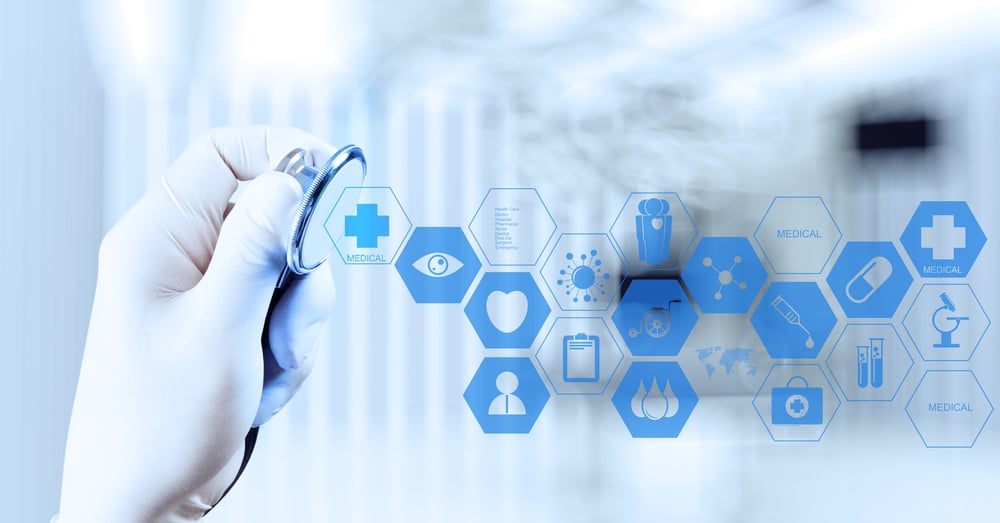
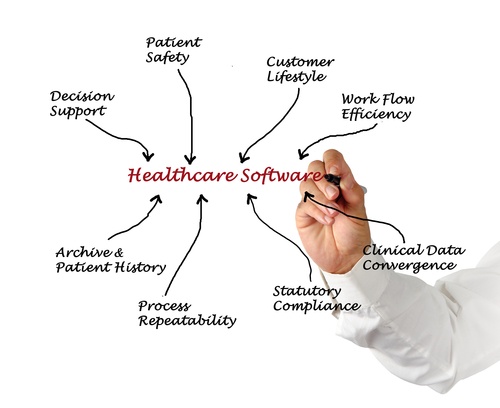
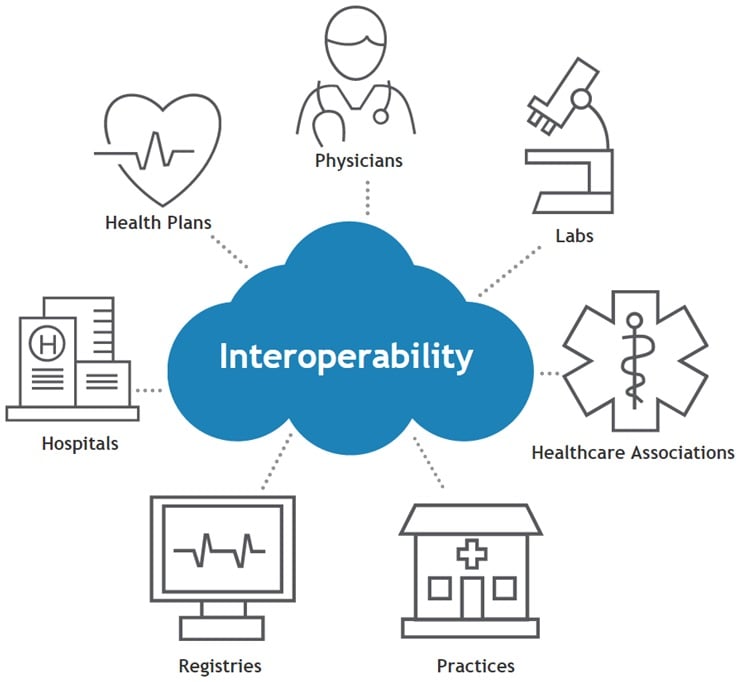
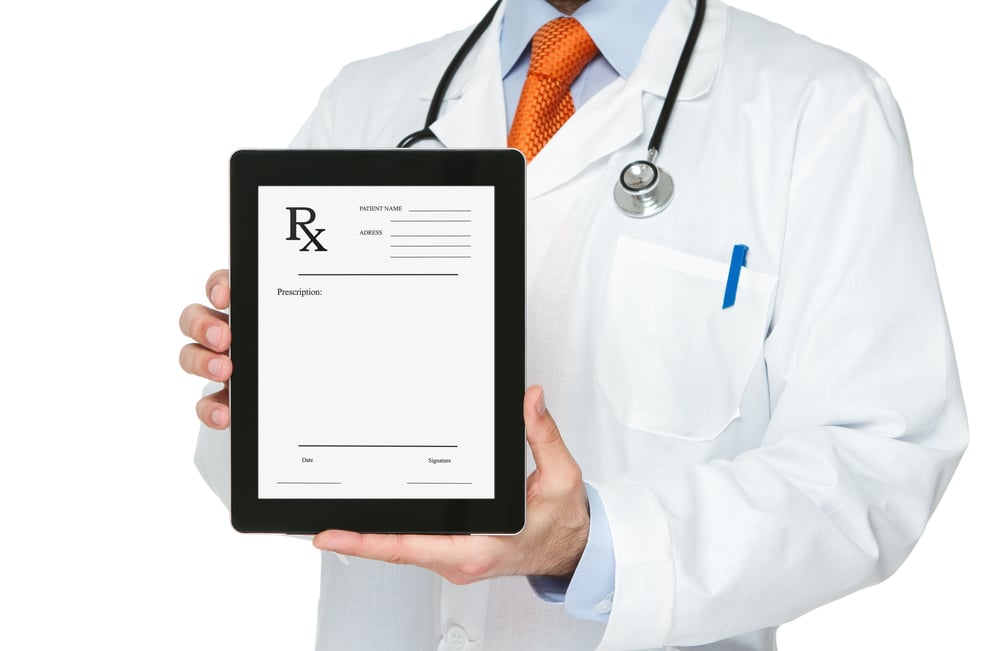
Simplify prescription management with advanced e-Prescribing and medication management features.
Access a detailed view of each patient’s medication history:
Leverage these capabilities to:
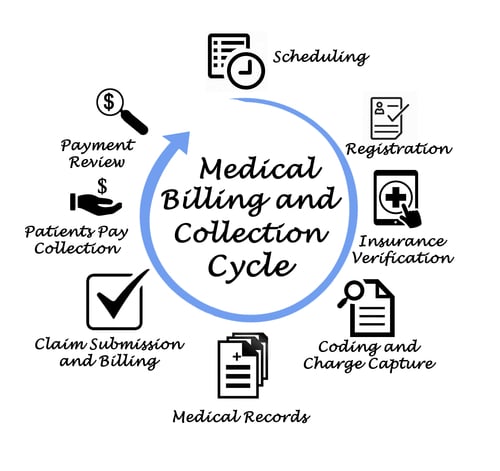
Financial efficiency is essential for a thriving healthcare practice, enabling streamlined billing and revenue cycle management to maintain financial health while prioritizing exceptional patient care.
Key features that support financial efficiency include:
Comprehensive reporting capabilities provide:
By leveraging advanced billing and revenue cycle management features, your practice can:

In today’s data-driven healthcare environment, uncovering actionable insights from patient information is vital for informed decision-making and continuous quality improvement.
Providers can leverage advanced analytics to:
Access to clinical and financial data enables:
By utilizing our EMR’s analytical tools, your practice can:
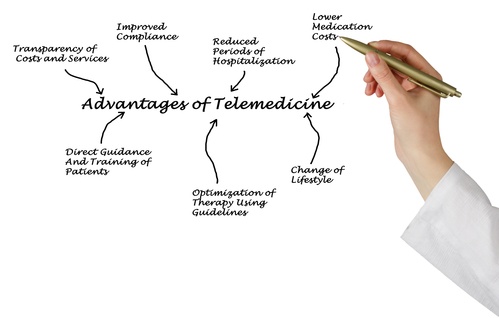
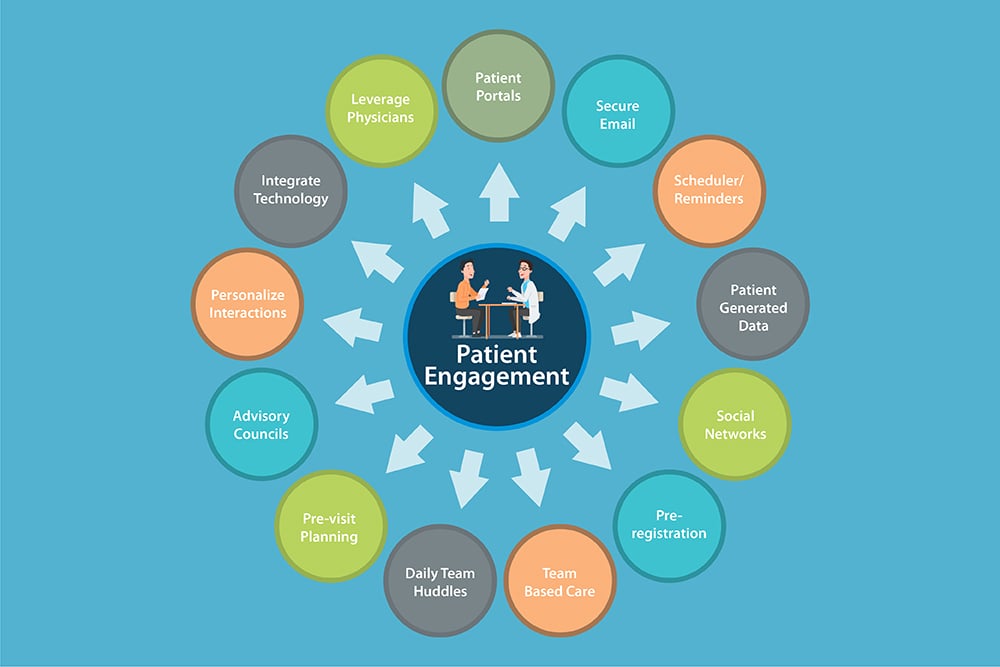
Patient Engagement Tools and Secure Patient Portal:
By fostering patient engagement, RevenueXL EMR:
Customized templates and workflow for your specialty to accelerate adoption, encounter documentation speed and patient care.
Ready to see how RevenueXL can help your medical practice improve efficiency and enhance the quality of patient care?
Fill out the form below to schedule your customized EHR Software demo.
Yes, Cloud-based EHRs use robust encryption, multi-factor authentication, and regular security audits to protect patient data. Leading providers comply with HIPAA and other regulatory standards, ensuring that sensitive health information remains confidential and protected against cyber threats.
Centralization of patient records and automation of administrative tasks, streamlines workflows, reduces time spent on data entry, and facilitates quicker access to patient information. This leads to enhanced collaboration, accelerated decision-making, and supports a higher quality of care.
Yes, there are definite cost benefits since they eliminate the need for significant upfront investments in hardware and IT infrastructure. Practices benefit from a subscription-based model, which includes regular updates and maintenance, providing cost predictability and minimizing the need for dedicated IT support.
They are often designed for interoperability with practice management systems, billing software, e-prescribing, and lab systems. This integration facilitates seamless data exchange, reduces duplicate entries, and supports comprehensive patient care coordination.
Streamline & automate administrative and clinical tasks, allowing providers to focus on patient care in safe manner
Two service options to ensure your MU attestations are smooth and hassle-free
Easily share lab results, appointment reminders, statements, and prescriptions with patients
Patients can complete secure credit card transactions from the comfort of their homes
RCM services process statements and handle claims while you connect with patients
Designed for specialty, from Allergy to Urology
Quickly prescribe or refill prescriptions and send straight to the patient’s preferred pharmacy
Surescripts feature allows you to monitor patient prescription usage and medication adherence
Friendly, knowledgeable 24/7 support staff available via support ticket, phone, email, or chat
Quickly enroll your practice with 3rd-party payers and begin seeing patients
Electronically sign documents within EMR or patient portal with HIPAA-compliant e-signature feature
HL-7 interfacing and CCHIT & ONC-ATCB-certified, conforming to critical security and functionality measures
Communicate with practice & labs, radiology, pharmacies, & referring doctors
Convenient with iPhone & iPad
© 2021 RevenueXL Inc. All rights reserved. Unauthorized Reproduction Prohibited - Legal Notice.